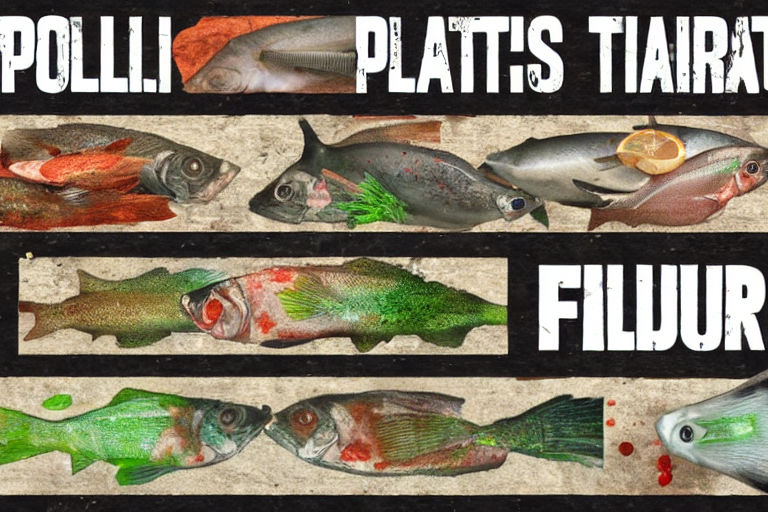Seafood Sustainability: What You Need to Know Before Your Next Meal
If you're a seafood lover, you're probably aware of the various concerns about the sustainability of many fishing practices. It's important to know what you're eating in order to make informed decisions about your seafood choices.
Here are some important points to consider when it comes to seafood sustainability:
1. Overfishing
Overfishing occurs when more fish are taken from the sea than can be replaced through natural reproduction. This can lead to population depletion and in some cases, complete eradication of certain species. The best way to avoid contributing to overfishing is to choose seafood that is sustainably sourced. Look for seafood that has been certified by organizations such as the Marine Stewardship Council (MSC) or the Aquaculture Stewardship Council (ASC).
2. Bottom Trawling
Bottom trawling is a fishing method that involves dragging a weighted net across the sea floor to catch fish. This method can cause damage to the seabed and other marine life, including non-targeted fish species, coral, and sponges. Choose seafood that has been caught using more sustainable methods such as line-caught or trap-caught fish.
3. Farmed Fish
Farmed fish can be a more sustainable option than wild-caught fish because they are raised in controlled environments. However, some farmed fish contain high levels of pollutants, and the farming process can have negative impacts on local ecosystems. Look for seafood that has been farmed sustainably, such as fish that have been raised in recirculating aquaculture systems (RAS) or fish that have been fed a sustainable diet.
4. Protected Areas
Some areas of the ocean are protected in order to preserve marine ecosystems and prevent overfishing. Eating seafood from these protected areas can contribute to the destruction of these fragile ecosystems. Avoid eating seafood caught in protected areas or areas where fishing is prohibited.
By choosing sustainable seafood options, you can help preserve our oceans for future generations. Remember to look for certifications and labels that indicate sustainable sourcing methods, and consider trying new types of seafood that are more eco-friendly.



